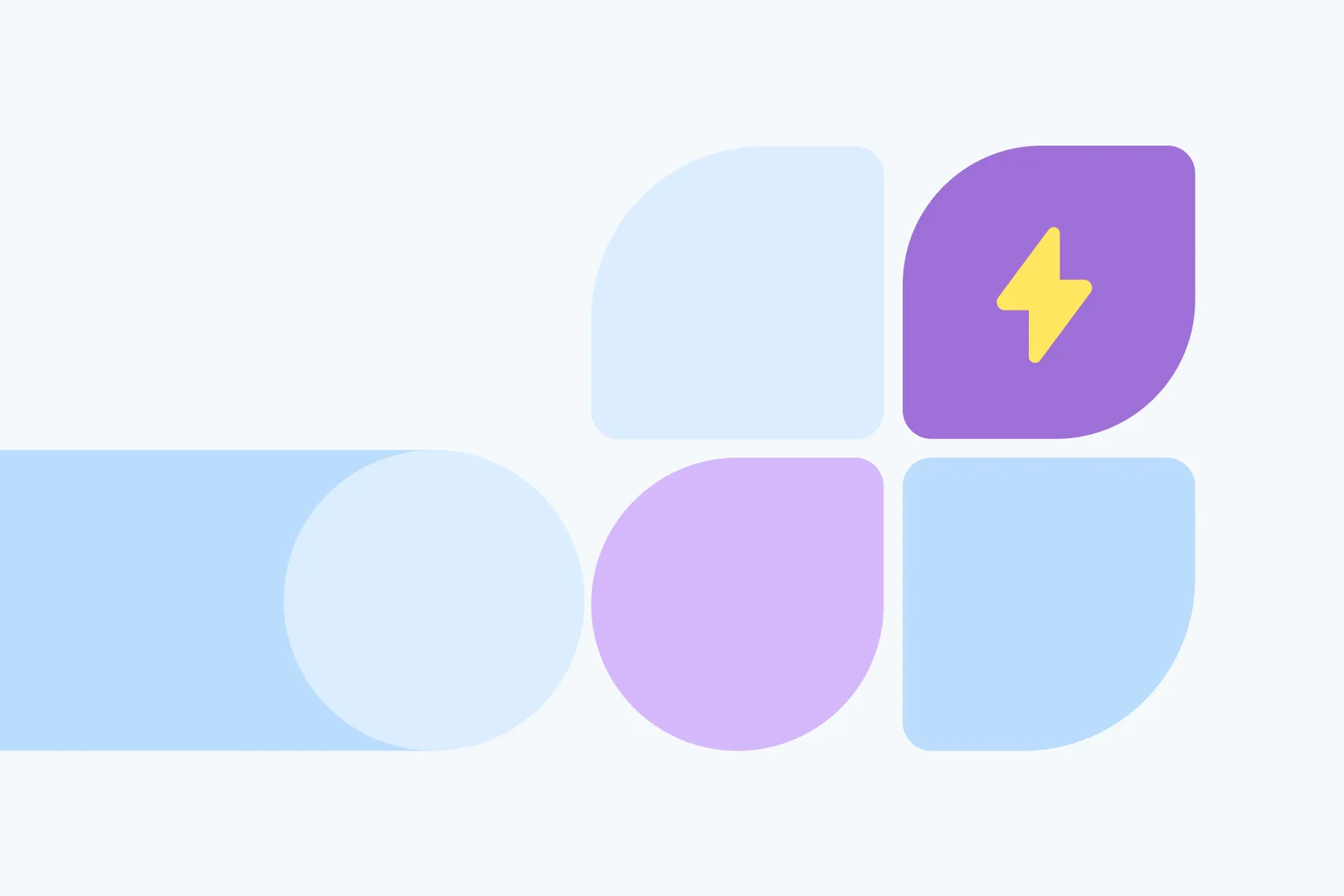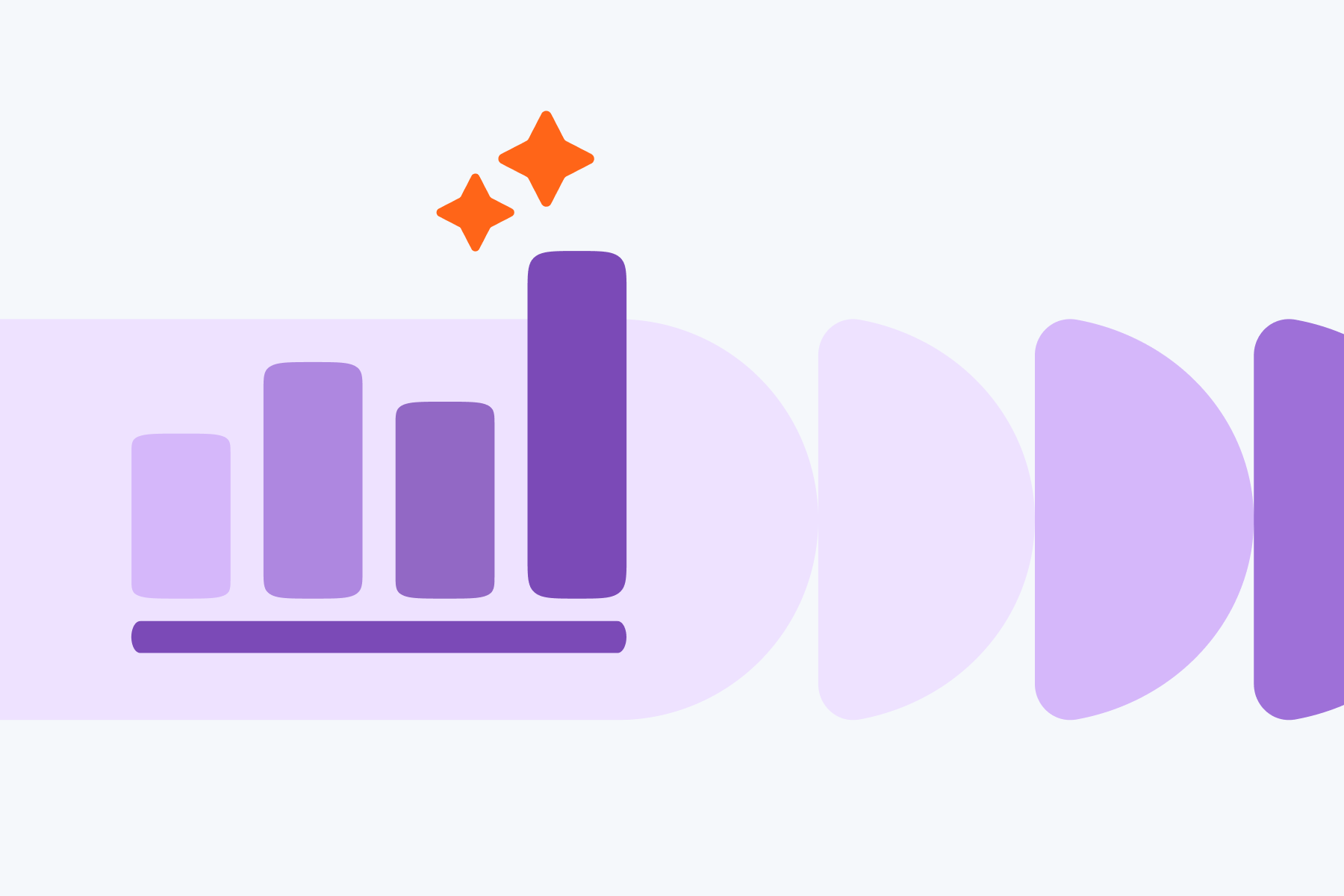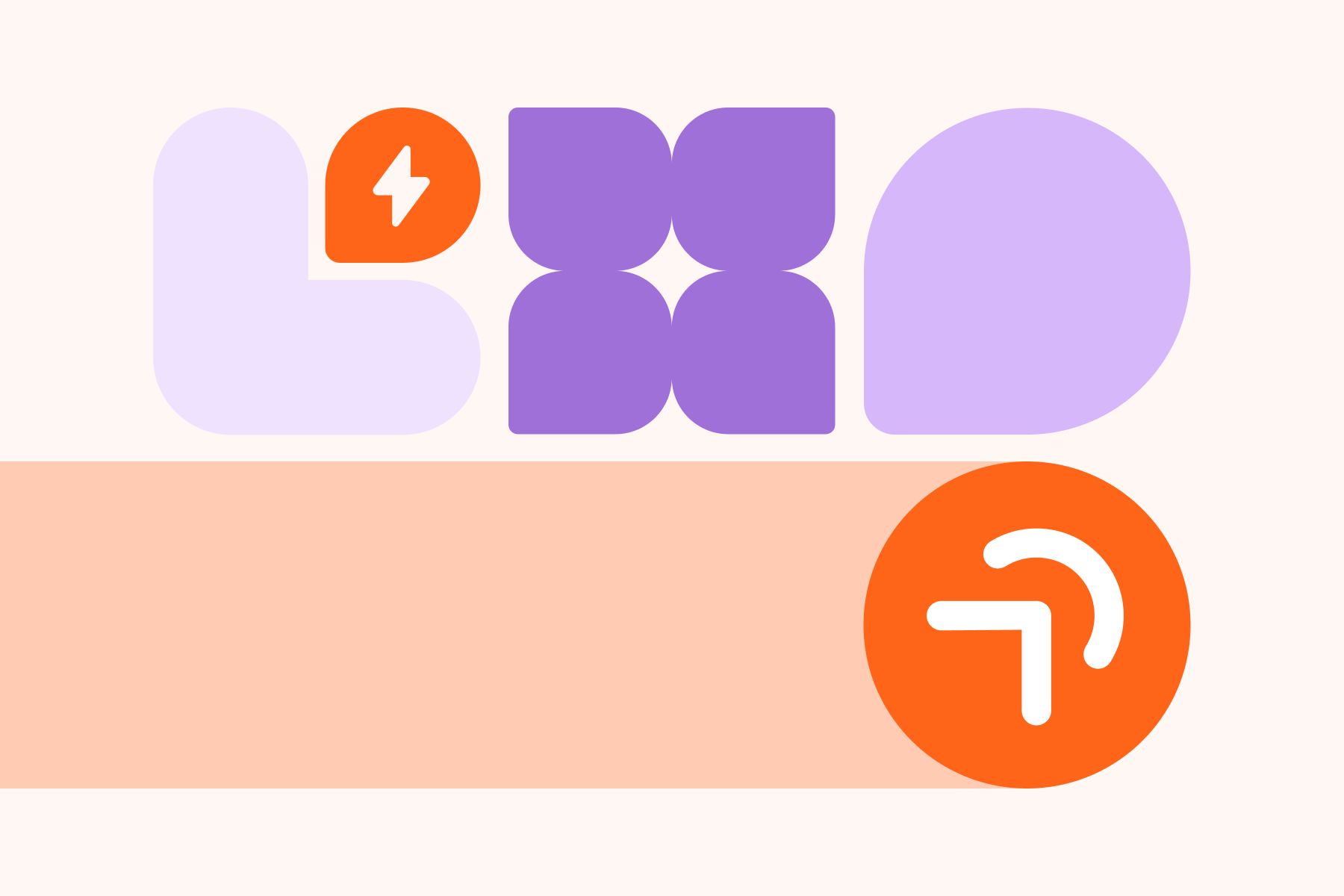100 Effective Call to Action Examples for PPC Ads

Pay-per-click advertising allows businesses to get a $2 return for every $1 spent, according to Google’s Economic Impact report. That’s a 200% ROI! Yet, many companies do not get the full advantage of this marketing tool by failing to use a good call to action in their ads. But not your business – since you got this blog! After reading it, you will have 100 effective call to action examples at your disposal. You will also learn hands-on tips on how to strategically incorporate calls to action into your PPC ad campaigns.
What Is a Call to Action (CTA)?
In a broad sense, a call to action (CTA) is any language that marketers use to invite their audience to do something. It can encourage clicking on a link, filling out a form, visiting an online store, making a purchase, and so on. CTAs can come in different forms, like text link, button, or even plain text.
For PPC specifically, CTA is a short text prompt designed to compel your target audience to take a desired action. This is what drives the click-through rate (CTR), and ultimately, conversions of your ad campaigns.
Why Do Marketers Need CTAs?
Without CTAs, your message leaves a potential buyer hanging, without direction on where to go next. CTAs are what keeps your sales funnel moving. They guide your audience alongside the steps of the Customer Journey and make the purchasing process as simple as possible. Users are accustomed to CTAs; they want and expect them. Your task is to use them to ensure a smooth transition from message to action.
Talking about PPC ads specifically, the call to action is tied to your PPC campaign’s objective. It’s what gets your audience to click on your ads. A good CTA is a potent element to boosting the effectiveness of your digital ad copy – and campaigns in general.
What Are the Main Types of Call to Actions for PPC?
All CTAs for PPC can be divided into three categories, depending on the campaign’s goal.
- Engagement
These are focused on encouraging users to interact with content, such as blog posts, articles, landing pages, or studies. These CTAs are aimed at the top of the funnel activities – awareness and consideration stages. Typically, these call to actions use softer verbs like “explore” or “learn more”. They entice your audience to delve deeper into the content and kick-start the relationship with your product, service, or brand.
- Leads
The goal here is to guide users further along the sales funnel by encouraging them to express interest. This can be done via signing up for a special promotion or reaching out to a sales rep for a price quote. Verbs like “request” and “contact” are commonly used to prompt the audience to take a more intentional step towards learning about your product and actively interacting with your business.
- Immediate Action
These calls to action drive Google Ads conversions via immediate actions, like purchases or sign-ups. These are direct and to the point, and usually (but not always) aim at the bottom of the funnel – when your audience is ready to buy.
A List of 100 Effective Call to Action Examples for PPC Ads
When you’re facing the challenge of working out the ad creatives for your PPC campaigns, you need a great variety of good CTAs that your audience will respond to. To help you out, here’s a list of effective CTAs, divided into groups depending on the goals of your campaign.
Calls to Action for Engagement
- Check our
- Check out
- Choose your
- Click for more
- Click here
- Discover
- Download
- Find out more
- Follow this
- Get more info here
- How to
- Investigate
- Learn more
- Learn to
- Look at
- No obligation to try
- Now you can
- Please see
- Please view our
- Read reviews
- Research
- Search for
- See more
- Start your journey
- Take the challenge
- Take a closer look
- Take a look at
- Take a tour
- Tell us what you think
- Tour our
- Visit our
- Visit us at
- Watch for
Calls to Action for Leads
- Apply here
- Apply for access
- Begin
- Come in for a free consultation
- Come see our prices
- Compare prices
- Contact us
- Do not buy unless
- Find items
- Find savings
- Find yours
- Get a quote
- Get your
- Get started
- Join
- Join us
- Join the beta
- Join the waiting list
- Pay less
- Register
- Reserve your spot
- See deals
- See our coupon
- See our products
- See pricing
- Send for our free brochure
- Show price
- Sign me up now
- Stock up
- Subscribe to our email list
- Take our quiz
- Talk to an expert
- View all products
- View features
- You might also try
- You might consider
Calls to Action for Immediate Action
- Act
- Activate [offer]
- Book now
- Buy and save
- Call today
- Claim [offer]
- Don’t miss
- Don’t wait
- Get free
- Get it here
- Give a gift
- Order now
- Order your
- Purchase
- Request yours
- Rush
- Save big
- Save money
- Save on
- Save up to
- Save with
- Score [offer]
- Shop at
- Shop low prices
- Shop online
- Sign up
- Start your free trial
- Start now
- Start today
- Submit
- Try
Urgency Words – Add These to Your CTAs
- Before it’s too late
- Don’t miss it
- Don’t delay!
- Ends [date]
- Exclusive discount
- Free for limited time
- Holiday sale
- Hurry
- Limited availability
- Limited edition
- Limited time offer
- Limited stock
- Now
- Offer ends [date]
- Offer expires in X minutes/hours
- Quickly
- Today
- Today only
- While supplies last
- Why wait?
- Yes, I want [offer]!
Tips on Crafting Irresistible CTAs for Your PPC Campaigns
- Keep it short and clear. Keep your CTAs short and only use one call-to-action per ad. More than one will confuse your audience and reduce the effectiveness of your campaign.
- Avoid weak words and vague CTAs. Give preference to strong action verbs, instead – buy, get started, download, etc. These will create a sense of urgency and encourage your audience to click on the ad.
- Select the right type of CTA for each stage of the funnel. Make sure you know the steps of your Customer’s Journey and what the ad’s audience needs – is this more information or are they ready to purchase? Tailor the message and CTAs of your ad accordingly.
Pro Tip #1: A/B Test Your Calls to Action
As any knowledgeable marketer would tell you, PPC ads are all about testing and seeing what works. The same goes for your calls to action. Run A/B test to determine which CTAs work best for your campaigns: try different action verbs, phrasings, lengths, and word orders. Identify and keep track of the “unicorn” CTAs that show outstanding results, and use them more often.
Pro Tip #2: Use LIFT Model
Now, this is a great tip for marketers who like the strategic approach. You can check your CTAs against the LIFT model, developed by Chris Goward of Wider Funnel (currently merged with Conversion). It’s a framework for analyzing user experiences and developing A/B test hypotheses. And it works for analyzing CTAs, too.
The LIFT Model is all about putting yourself in the shoes of the prospect and coming up with ideas that will solve their needs.
Chris Goward, President of Conversion North America
To use the LIFT model, put yourself into the shoes of your audience and evaluate your CTA against these factors: Value Proposition, Clarity, Relevance, Distraction, Urgency, and Anxiety.

For example, your CTA is “Claim your 20% discount now.” Let’s analyze it using the LIFT framework:
- Value Proposition: 20% off.
- Clarity: get a discount.
- Relevance: claim.
- Urgency: now.
- Distractions: you have to reduce distractions in the rest of the copy and ad’s image. All focus should be on the offer.
- Anxiety: ease the anxiety, i.e., address any fear or road block that might be preventing a user to make an action.
Takeaways:
Call to action are vitally important – they convert casual browsers into prospects and consumers. That’s why any good marketing effort involves writing the irresistible CTAs that convert. Add our CTA list to your bookmarks and feel free to use these examples when your brainstorm efforts hit the wall.
We hope you enjoyed reading this blog! Do you want our team to do your PPC campaigns for you? Contact us, and we will get back to you shortly with your personalized strategy for PPC success.










